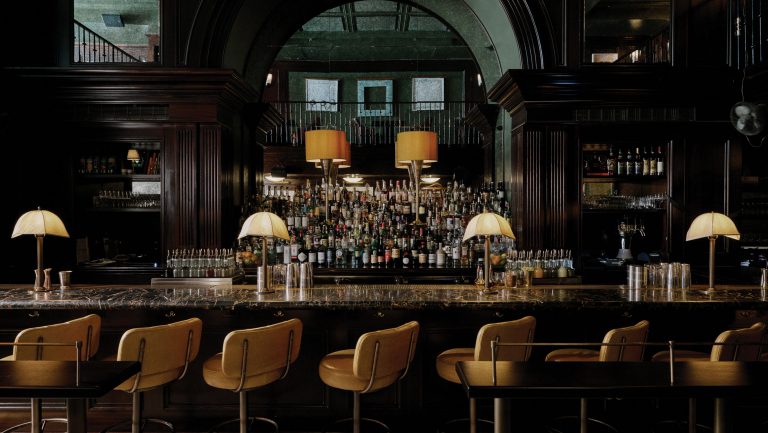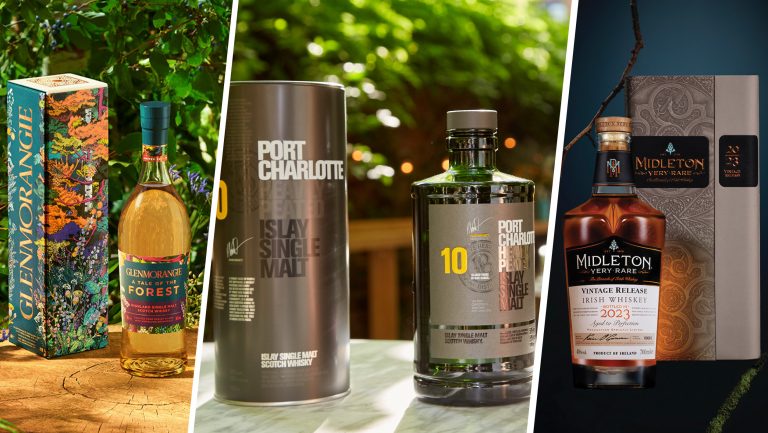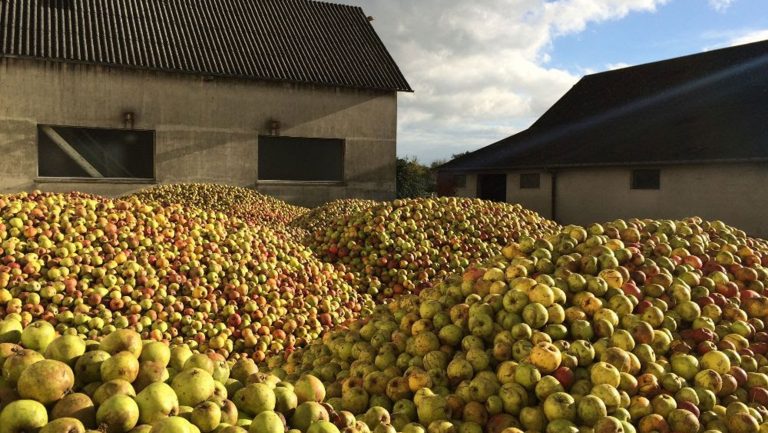For many whiskey drinkers, single malt has almost always meant Scotch. Yet there’s an increasing number of single malts coming from neighboring Ireland available to consumers in the United States, and they’re typically much different than the Irish whiskey blends people know and love—in both flavor and price.
“While small compared to blended Irish, single malt Irish whiskey has seen double-digit growth in the past five years in the U.S.,” says Darryl McNally, the CEO and master distiller at Limavady, which makes single-barrel, single malt Irish whiskey. “American consumers have started to discover the unique quality of Irish malt as they look beyond Scotch, and as craft distillers bring new innovation to the segment.”
The IWSR forecasts that Irish whiskey overall will have a compound annual growth rate (CAGR) of 6.6 percent in the U.S. from 2021 to 2025, and malt Irish whiskey will see a CAGR of 13 percent in the same period. The influx of newly available Irish single malt expressions offers bars and retailers an opportunity to bring something different, and something that typically has a higher price point, to whiskey-drinking consumers.

Don’t miss the latest drinks industry news and insights. Sign up for our award-winning newsletters and get insider intel, resources, and trends delivered to your inbox every week.
“Consumers have been exposed to more premium and super-premium brands, and this has led to a more even playing field in terms of the perception of Irish versus, for example, Scotch,” says Padraic Coll, the head of North American operations at Clonakilty. “Alongside the moving of marketing dollars by the big players into promoting their super-premium offerings, [this] means the consumer is being educated to the fact that Irish whiskey isn’t just something in the $20 to $30 range.”
Bolstering Retail Sales with Education
The New Hampshire Liquor Commission (NHLC) sees some 12 million annual customers and has a selection of more than 14,000 wines and spirits in its 67 stores throughout the state. Mark Roy, the spirits marketing and sales specialist for NHLC, says that the Irish whiskey category as a whole has been a major area of growth across stores, including single malts.
When considering new Irish single malts to add to the shelves, Roy and the NHLC ask a few crucial questions: Is it from an established brand? Is the brand growing nationally and in the local market, or are there consumer inquiries? What is the price point and how does it compare to other markets?
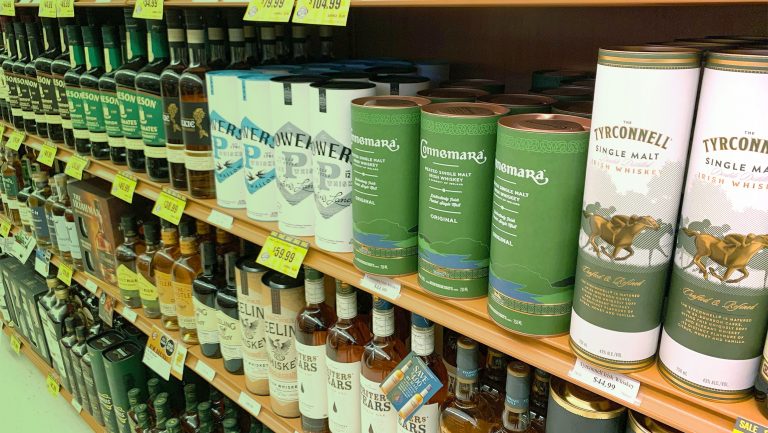
Consumer education is a big part of the stores’ retail strategy around Irish single malts. The NHLC works closely with local brokers for in-store advertising through shelf talkers, media advertising, in-store tastings, and virtual educational seminars. Their weekly email includes a “What’s New” section focused on brands and informational materials.
These tools all help consumers feel more comfortable making a choice on a style that’s less understood than the more dominant blends. Still, at NHLC stores, single malts are placed alongside blends and various cask finishes by price progression rather than grouping all Irish single malts together by style.
“I don’t think consumers are seeing single malt as a separate category within Irish just yet,” says Roy. ”If it’s an Irish, it’s an Irish, and they lump it in with the overall Irish whiskey heading.”
Using Brand Stories to Sell at Bars
“The problem that I have seen is that most guests only recognize one brand, and that brand is either the only one they are comfortable ordering or the reason why they ‘can never drink Irish whiskey again,’” says Nicholas Bennett, the beverage director at Porchlight in New York City. “[Overcoming that barrier] starts with our servers and bar team getting excited about it, so we only carry brands of Irish whiskey that we genuinely respect and are excited about serving ourselves.”
From there, introducing consumers to Irish single malts starts with getting to know the customer.
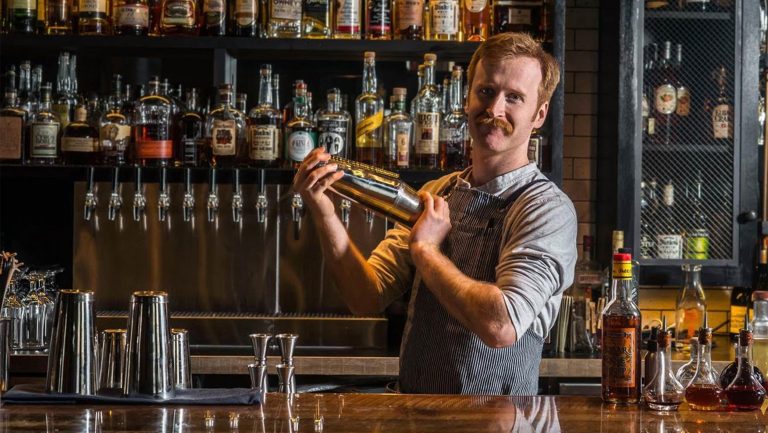
“One good start is to ask what they typically like to drink and then ask questions about what direction they’d like to go in from there,” says Jillian Vose, the beverage director and a managing partner at The Dead Rabbit. “Questions such as what cask components they’re keen on, how old of a whiskey they’re looking for. The question on the cost to the guest should also be mentioned if you’re suggesting something on the pricier side.”
She recommends leading with a question like, “What do you typically enjoy drinking?” Then, use that information to give two starting choices.
“Hopefully, they’ll enjoy it, and on their next drink or visit you can guide them to something different and more complex,” adds Vose. “Without even knowing it, they’ll start to build a descriptive vocabulary on what they do and do not like, which is also great because it is a natural way to build a rapport with what will hopefully become a regular guest.”
Selling to adventurous whiskey enthusiasts and casual consumers alike takes a bar team that’s highly knowledgeable about what they’re selling and that can tell detailed stories about brands. Brands, after all, are the starting point for most consumers.
“The majority of our customers are much more inclined to order a particular Irish whiskey based on brand recognition than knowledge of style of whiskey, like single malt or blends,” says Níamh O’Donovan, the general manager and company president at Daniel O’Connell’s Restaurant & Bar in Alexandria, Virginia. “Competitors of major whiskey brands tend to be an easier sell than a less-known style of a known brand of whiskey. Price of whiskey is only a limiting factor if there is a large disparity between brands.”
Building a Single Malt Irish Whiskey Selection
Vose suggests starting with what people know when building out a bar’s Irish single malt selection. For instance, start with the 10-, 16-, and 21-year-old options from Bushmills—a brand that people are already familiar with but may not realize was historically known for its single malts. Tullamore D.E.W. is another well-known brand with approachable single malts, and Bennett adds Knappogue Castle and Teeling to that list.
From there, try expanding into offerings from brands that the average consumer may be less aware of. Waterford makes terroir-focused single malts named after the farm where the grain was grown, and West Cork has single malts with indigenous cask finishes. Vose also suggests Dingle and Sexton.

“Not many know this, but Ireland was the originator of the single malt,” says Alex Thomas, the master blender at Bushmills. “Scotch took center stage during Prohibition, as the U.S. was such a huge market for the Irish whiskey industry, and it was hit hard. What was once a country of hundreds of distilleries, became a country of a mere handful—Bushmills being one of the very few left standing.”
There were only four distilleries making Irish whiskey in 2013. Now there are more than 30, with more planned and some recently opened distilleries that have yet to send their first releases into the world. As the number grows, so too will the Irish single malt category—and with it, more consumer interest and the need for a way to introduce these delicious bottles.
“So be patient, people,” urges Vose. “More single malts will eventually get here.”

Dispatch
Sign up for our award-winning newsletter
Don’t miss the latest drinks industry news and insights—delivered to your inbox every week.
Nickolaus Hines is a journalist who writes about beer, spirits, food, and travel. He’s the food and drinks editor at Matador Network and has written about drinks for Liquor.com, Men’s Health, October, Hop Culture, Supercall, and VinePair.




